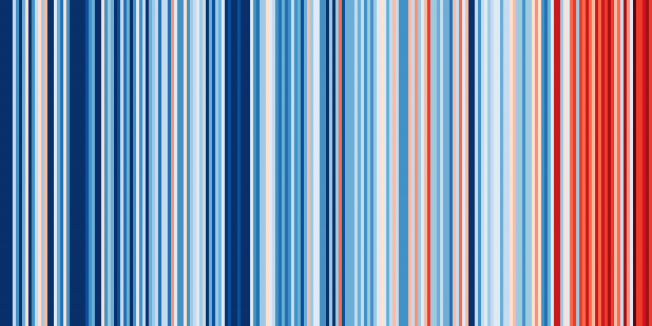Oceanic stochastic parametrizations in a seasonal forecast system
Impact of Initial Conditions versus External Forcing in Decadal Climate Predictions: A Sensitivity Experiment*
Impact of hindcast length on estimates of seasonal climate predictability
Abstract:
It has recently been argued that single-model seasonal forecast ensembles are overdispersive, implying that the real world is more predictable than indicated by estimates of so-called perfect model predictability, particularly over the North Atlantic. However, such estimates are based on relatively short forecast data sets comprising just 20 years of seasonal predictions. Here we study longer 40 year seasonal forecast data sets from multimodel seasonal forecast ensemble projects and show that sampling uncertainty due to the length of the hindcast periods is large. The skill of forecasting the North Atlantic Oscillation during winter varies within the 40 year data sets with high levels of skill found for some subperiods. It is demonstrated that while 20 year estimates of seasonal reliability can show evidence of overdispersive behavior, the 40 year estimates are more stable and show no evidence of overdispersion. Instead, the predominant feature on these longer time scales is underdispersion, particularly in the tropics.Impact of hindcast length on estimates of seasonal climate predictability
Improved seasonal prediction of the hot summer of 2003 over Europe through better representation of uncertainty in the land surface
Abstract:
Methods to represent uncertainties in weather and climate models explicitly have been developed and refined over the past decade and have reduced biases and improved forecast skill when implemented in the atmospheric component of models. These methods have not yet been applied to the land-surface component of models. Since the land surface is strongly coupled to the atmospheric state at certain times and in certain places (such as the European summer of 2003), improvements in the representation of land-surface uncertainty may potentially lead to improvements in atmospheric forecasts for such events.
Here we analyze seasonal retrospective forecasts for 1981–2012 performed with the European Centre for Medium-Range Weather Forecasts (ECMWF) coupled ensemble forecast model. We consider two methods of incorporating uncertainty into the land-surface model (H-TESSEL): stochastic perturbation of tendencies and static perturbation of key soil parameters.
We find that the perturbed parameter approach improves the forecast of extreme air temperature for summer 2003 considerably, through better representation of negative soil-moisture anomalies and upward sensible heat flux. Averaged across all the reforecasts, the perturbed parameter experiment shows relatively little impact on the mean bias, suggesting perturbations of at least this magnitude can be applied to the land surface without any degradation of model climate. There is also little impact on skill averaged across all reforecasts and some evidence of overdispersion for soil moisture.
The stochastic tendency experiments show a large overdispersion for the soil temperature fields, indicating that the perturbation here is too strong. There is also some indication that the forecast of the 2003 warm event is improved for the stochastic experiments; however, the improvement is not as large as observed for the perturbed parameter experiment.



